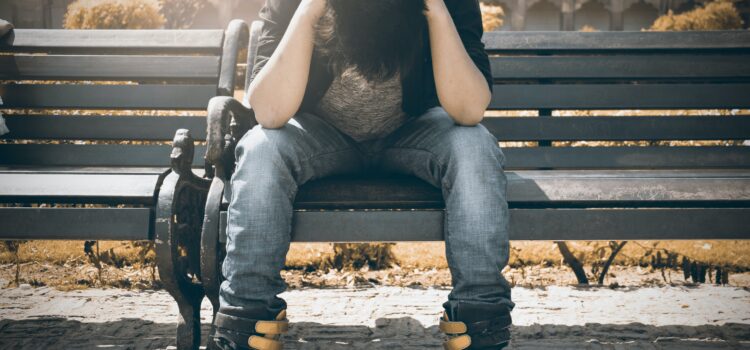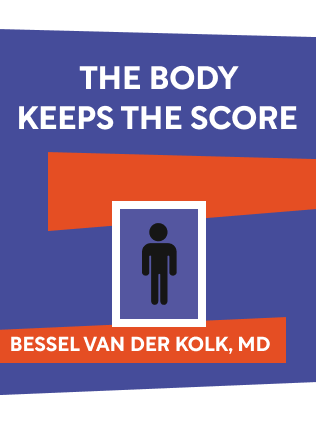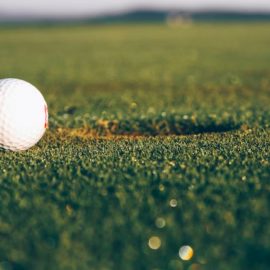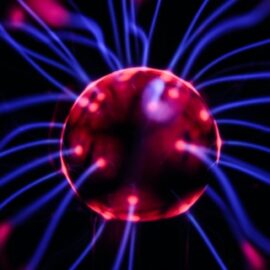

This article is an excerpt from the Shortform book guide to "The Body Keeps The Score" by Bessel van der Kolk. Shortform has the world's best summaries and analyses of books you should be reading.
Like this article? Sign up for a free trial here .
What are the effects of childhood trauma on adults? Can secure attachment help protect adults from experience symptoms of PTSD?
The effects of childhood trauma on adults are significant. While building resilience in children and attachment in babies can help people deal with trauma, it doesn’t protect them from its effects.
Read more about the effects of childhood trauma on adults and the impact of attachment and resilience.
Effects of Childhood Trauma on Adults: Secure Attachment Doesn’t Shield Children
Abuse or neglect can reverse the positive effects of even the most secure attachment. Like adults, abused children become hypervigilant to threat and see danger in everything. This is one of the effects of childhood trauma on adults.
The author conducted a study with a group of 6- to 11-year-olds who had experienced trauma, and another group who hadn’t. He showed all the children pictures depicting a scene — including a man working under a car while two children watched, and a pregnant woman looking off in the distance — and asked them to tell the story of what’s going on in the picture. Children who hadn’t been through trauma told stories with benign endings; even if the story had some sadness or threat of danger, they could also imagine a happy ending. But the traumatized group imagined violent and scary stories even from the most ordinary images.
Trauma in adulthood alters your ability to interpret the world around you, but trauma in childhood interferes with the formation of the maps you use to understand the world.
Traumatized children’s hypervigilance, overreactions, aggressions, and tendencies to shut down emotionally make it difficult to have friendships. As a result, they learn to hide their vulnerabilities with a tough and aggressive attitude or by isolating themselves; both scenarios exacerbate their trouble with social skills and self-regulation. These effects of childhood trauma on adults can also occur.
Dissociation As a Means of Survival
Many child abuse victims dissociate as a means of surviving their traumas: The experience of being raped or beaten is too much to bear psychologically, so they detach their minds from their bodies so they don’t have to experience the abuse. However, dissociating causes the abuse victims to lose sight of what’s real and what’s not, and without knowing what’s real, you lose your sense of who you are and what you feel.
Children are programmed to be loyal to their caregivers and to form an attachment with them, however dysfunctional. Children who experience abuse would rather maintain their relationships with their caregivers than violate that loyalty, so rather than tell teachers or other adults about their abuse, they focus on burying the trauma; they can’t tolerate the knowledge of their abuse, so they suppress their feelings. Again, these are effects of childhood trauma on adults.
Consequently, these trauma victims don’t understand that the fear, rage, or emotional shutdowns they experience are related to the abuse. Instead, they redirect those feelings toward themselves and become depressed, self-hating, and self-harming. Until they learn to associate those feelings with the acknowledgement of their abuse, they can’t work through them or begin healing their trauma.
Trauma Alters Your Inner Maps
There are serious effects of childhood trauma on adults when it comes to your brain. Your attachment and experiences in childhood shape your inner maps of the world. As an adult, your inner map determines what you consider normal and familiar, how you interpret situations, and how you engage with the people and world around you: If something falls in line with your experiences, it must be right — whether it’s abuse and mistreatment or love and intimacy.
These inner maps are generally consistent throughout life, but it’s possible for them to change through profound experiences, such as an intimate, loving relationship during adolescence (a time of great change in your brain) or the birth of a child. By the same token, traumatic experiences can distort otherwise healthy inner maps.
Your inner map is housed in your emotional brain, so reconstructing it requires treatment that alters the responses of your central nervous system (recall from earlier sections that your emotional brain houses the amygdala, or the smoke detector, which sounds the alarm for your nervous system to release stress hormones in the face of a threat). Although logic from the rational brain can begin to help you rework your inner map, powerful emotions like fear, rejection, rage, or vulnerability emerge, will cause your emotional brain to take control and use your (flawed) inner map to guide you.
There are many effects of childhood trauma on adults and on children. And unfortunately, even teaching resilience and strong attachment cannot always stave off symptoms.

———End of Preview———
Like what you just read? Read the rest of the world's best book summary and analysis of Bessel van der Kolk's "The Body Keeps The Score" at Shortform .
Here's what you'll find in our full The Body Keeps The Score summary :
- How your past trauma might change your brain and body
- What you can do to help your brain and body heal
- Why some trauma survivors can't recognize themselves in the mirror






